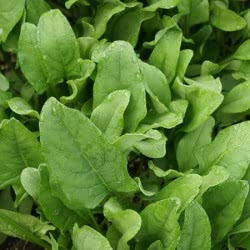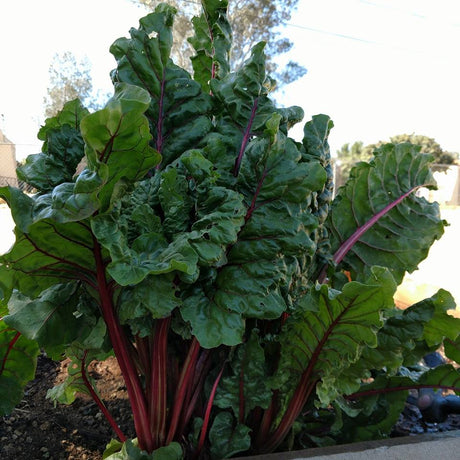
About Perpetual Spinach
If you're like me and you're looking to add a few more varieties to your garden that will produce for more than a season, Perpetual Spinach is a fantastic option!...
Mary Smith |
Welcome to our store Learn more

If you're like me and you're looking to add a few more varieties to your garden that will produce for more than a season, Perpetual Spinach is a fantastic option!...
Mary Smith |

I'm updating our "greens" growing tutorials to include a bit more info. I've written quite a few articles about food prices and growing your own food. First, I wrote Food...
Mary Smith |
Over 1,000 varieties of Heirloom Seeds
Free Shipping on Qualifying orders of $20 or more
Planting guides to help you grow a successful garden